Football
How well should we sing about Sadio Mané
Published
8 years agoon
By
Olu Emmanuel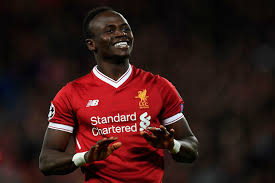
Some of the greatest songs in history would be nothing without elements which, on their own, don’t seem to offer all that much.
Moments like the inevitable-yet-breathtaking key change in Backstreet Boys classic ‘I Want it That Way’, for example, or the piano bridge in Vampire Weekend’s ‘Hannah Hunt’ – both exercises in elevating a song from merely ‘good’ to ‘without equal’, by doing something that seems far more obvious in retrospect than it ever could at the time.
While many of these moments occur away from the lyrics, there are some exceptions: most notably, you have the line ‘So why, oh, why, oh, why, oh, why, oh, why, oh, are we still in denial when we know we’re not happy here’ – enough to help Outkast’s ‘Hey Ya’ claim the crown of Grantland’s song of the millennium.
And then you have the role played by Sadio Mané’s name in the finest football chant since Will Grigg’s international flame was extinguished.
In no uncertain terms, the song would not work without Mané’s involvement. Well, maybe it would if Glenn Murray had inexplicably arrived from Brighton over the summer, but that’s the only real alternative.
Salah’s name needs to be there, of course, but the Firmino/candy girl scansion is so tenuous that, without the Senegal star there in the middle, no one would know what the hell you were trying to sing.
Fittingly, Mané’s role as the glue in the song mimics his importance within the on-pitch collective. He might not have matched Salah’s goalscoring exploits, or even Firmino’s, but without his movement and directness we wouldn’t be talking about Liverpool as Champions League finalists.
Liverpool, you might have noticed, tend to create a lot of chances under Jürgen Klopp, as they did during their second-place finish under Brendan Rodgers before him.
However, while the Rodgers set-up relied on Luis Suárez doing a lot of the work himself (the Uruguayan’s 181 shots represented more than one-and-a-half times the tally of his closest challenger), the current crop has made a more collaborative effort. Well, save for Mané’s first Liverpool goal, which was very much all his own creation.
In that context, Mané’s return of 19 goals isn’t especially impressive on its own. This is an attack-minded player being given plenty of opportunities to score and only taking a fraction of them. Salah has 41 goals, while even Firmino, the man considered to do a lot of the donkey-work up front, has 27.
But, while another forward might have found the net a comparable number of times – even Divock Origi managed double figures last season, after all – Mané’s role in the current front three has been just as key to his teammates’ totals as to his own.
While extensive scouting and data analysis can (and does) play a significant role in helping identify potential targets, serendipity can also sometimes be the key.
Towards the end of Klopp’s first (incomplete) season in charge, with Champions League qualification still up for grabs, Liverpool travelled to St Mary’s in late March. Mané missed a penalty in that game, at the time giving the hosts a chance to halve a two-goal deficit, but the goal he scored soon after will have alerted Klopp to the sort of player perfect for his high press.
Steven Davis might have been the one who won possession high up in the Reds’ half, but it was Mané who punished the visitors, collecting a Graziano Pellè pass and finding the net before Mamadou Sakho, the covering defender, even had time to set himself.
Mané would end up scoring his second and Southampton’s winning third that afternoon, reacting quickest after another turnover, and then and there Klopp may have identified him as the ideal component to make the most of the style he wanted to impart at Anfield.
Shades of that remain visible in Mané’s form this season, even on those occasions where he has been unable to convert breaks into goals.
Mané has registered 29 shots in this season’s Champions League, at a rate of one every 29 minutes. While not quite up there with the likes of Ronaldo and Messi, it’s better than fellow semi-final goalscorer Karim Benzema (one shot every 36.5 minutes), clear of Raheem Sterling (one every 45) and on a par with Thomas Müller.
He has been more efficient, too, with 14 of his 29 shots hitting the target and nine finding the net: only seven players have registered more shots on target in the competition, and only three have scored more goals.
Mané’s goal at the Stadio Olimpico shows where he’s at his most dangerous, and emphasises how hard it would be for Klopp’s game to function without him or a player like him: as soon as Roma lose possession, he makes himself not only available, but available in a useful position, while the misses in the first leg – at the time considered potentially costly – don’t play on his mind when another chance arises.
Jermain Defoe famously spoke about feeling he was twice as likely to score a chance if he’d missed the previous one. Bad maths aside, you get a similar sense with Mané – rather than putting pressure on himself after a miss, it feels as though he’s more confident and more relaxed, as if his goals are preordained.
Liverpool’s run to the Champions League final has been as comfortable as anyone could have realistically imagined. After rounding off an unbeaten group stage with a 7-0 win, they’ve not been behind for a single minute of the knockout stages and have only been level on aggregate for 73 of their 540 knockout minutes.
The credit will be shared, and rightly so, but Mané has enjoyed fewer plaudits as the least prolific of the devastating front three.
However, as the man who began Klopp’s first full season with a sensational goal which ultimately ensured they edged out Arsenal to qualify for this year’s competition, few would object to him being the one to round off the journey.
You may like
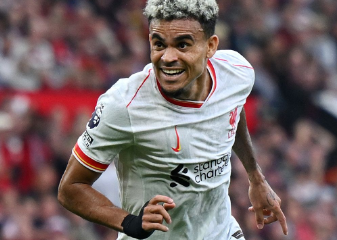

Luis Diaz eyes Golden Boot as Liverpool’s star winger shines
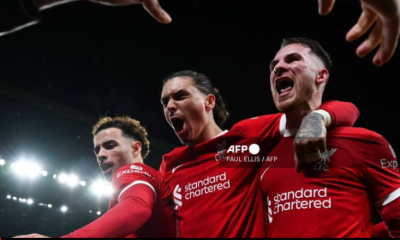

Liverpool confirm Premier League departures, retained list
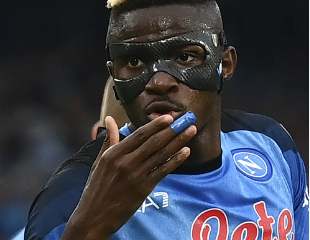

Chelsea offer Lukaku plus €90m for Osimhen – Report
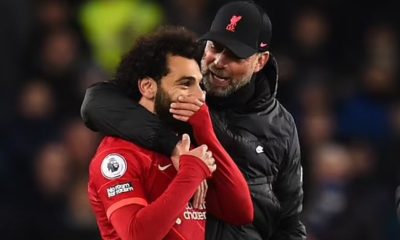

Liverpool make quick decision over Salah following bust-up with Klopp
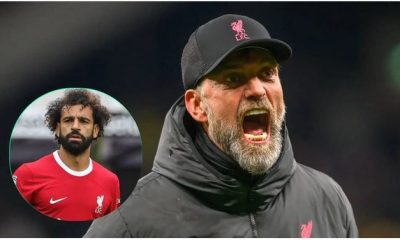

Jurgen Klopp condemns Liverpool


The EPL title race thickens as Liverpool return to the summit with eight games left
Trending

 Business1 week ago
Business1 week agoPresident Tinubu, Minister Wale Edun and Nigeria’s Fiscal Profile: The Truth and the Lies

 Business1 week ago
Business1 week agoControversy trails Dangote Refinery as stakeholders Allege systemic pushback against local investment

 Latest2 days ago
Latest2 days agoNigeria’s kidnap-for-ransom industry nets N2.57bn in one year
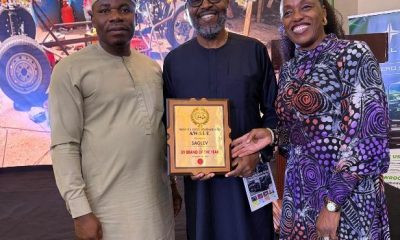
 Business1 week ago
Business1 week agoSAGLEV clinches 2025 Nigeria EV Brand of the Year Award

 Business1 week ago
Business1 week agoOtedola deepens grip on FirstHoldCo with Fresh N14.8bn Share Purchase

 Business1 week ago
Business1 week agoBudgIT faults Tinubu over 2026 budget presentation, cites missing 2025 performance report

 Politics1 week ago
Politics1 week agoFEC approves N58.4 7trn for 2026 budget proposal

 Latest4 days ago
Latest4 days agoU.S. to enforce partial visa suspension on Nigeria, 18 other countries from January 2026

